In the last few weeks, our weather has rapidly shifted from endless summer to early winter, with little more than colorful foliage and pumpkins on the porch to remind us that indeed, it is still fall. As you enjoy the fall colors mingled with a chance of snowflakes, now is the time to put your garden to bed for winter, so here are a few tips to prepare your plants for the season ahead.
First, last winter’s long, deep freeze caused a lot of damage to plants that in normal years tend to fare our winters quite well. Among fellow gardeners I talked with, rose gardens took the biggest hit, and while we can’t assume that we’ll have as severe a winter again this year, long-range forecasts are for a winter at least similar to last year’s.
To prepare roses for winter, start by trimming plants back by half to prevent winter winds from breaking off branches or even blowing plants over. Typically, that’s the extent of my winter preparation for my rose garden, but after losing several roses to the biting cold brought on by the northeast wind, I’m also planning to mulch my roses this year.
Most roses sold today are grafted—identifiable by a knobby swollen area of the stem just above the soil line. Grafting is done to join an attractive, desirable plant with the strong, dependable root system of different variety. In the event of deep freeze, the graft is susceptible to freezing, and the desirable portion of the plant that produces the flowers dies.
To insulate your roses from winter damage, I recommend mounding either bark mulch or a well-drained compost around and over the graft for winter, leaving it in place until the chance of severe cold is past in late winter or early spring. The insulation that the bark or compost provides will help protect the graft and ensure your roses live to see another growing season.
Second, if you haven’t yet dug and stored your dahlia tubers for winter, now is the time to get them out of the ground. Every dahlia gardener has their preferred process for successfully storing the tubers, but nearly all involve cutting the plants back, digging the tubers, letting them dry for several days, treating with a fungicide to prevent disease over winter, packing the tubers in a loose medium like peat moss or wood shavings, and storing in containers in a cool, dark place like a garage closet or crawlspace. However you choose to prepare your dahlias for winter, be sure that the tubers are clean, dry, and treated with sulfur or copper dust before storing as wet, untreated tubers can mold or rot easily over winter. At Vander Giessen’s, we sell both copper and sulfur dust in easy-t0-use shaker cans.
Third, while planting season has wrapped up for most shrubs and perennials, we’re still in prime bulb-planting weather—even with some hard overnight freezes. Late autumn’s cool soil creates perfect conditions for freshly-planted bulbs to put out their roots for winter, so if you haven’t yet planted any tulips or daffodils, stop at Vander Giessen’s and pick up a few packs to get some bulbs in the ground for beautiful color next spring.
Finally, take some time on a sunny day this month to spray any tender plants in your yard with Bonide Wilt Stop, an anti-desiccant spray that coats plants’ foliage with a waxy, biodegradable film to protect against the drying effect of cold winter winds. Wilt Stop works great on a wide variety of evergreens but can also be used to protect deciduous plants like many varieties of hydrangea that have their buds already for next summer. Even with last winter’s bitter cold, nearly all the plants in my yard that I sprayed with Wilt Stop last fall fared better than those same plants had in past years when I hadn’t.
Soon, winter will be here in earnest, but in the meantime, enjoy the last of the fall colors as you put your yard to bed.


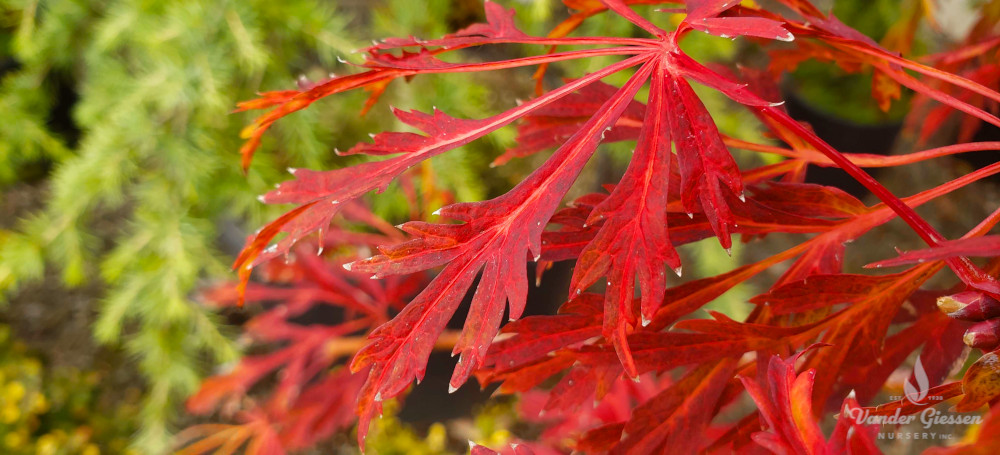
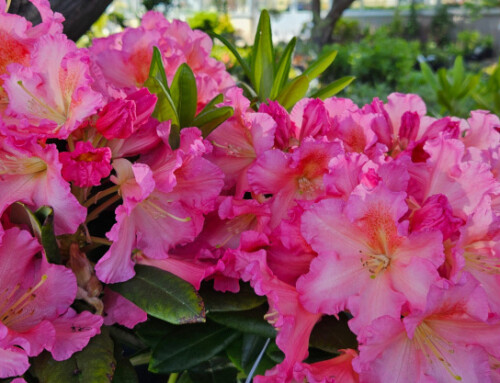

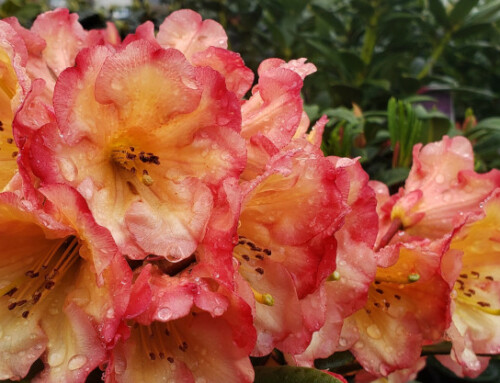
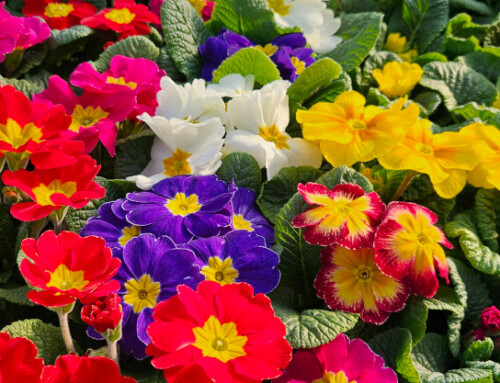
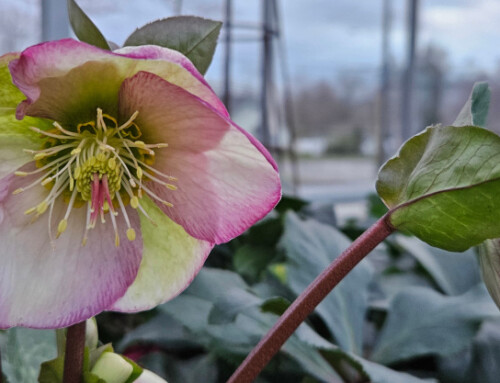
Leave A Comment